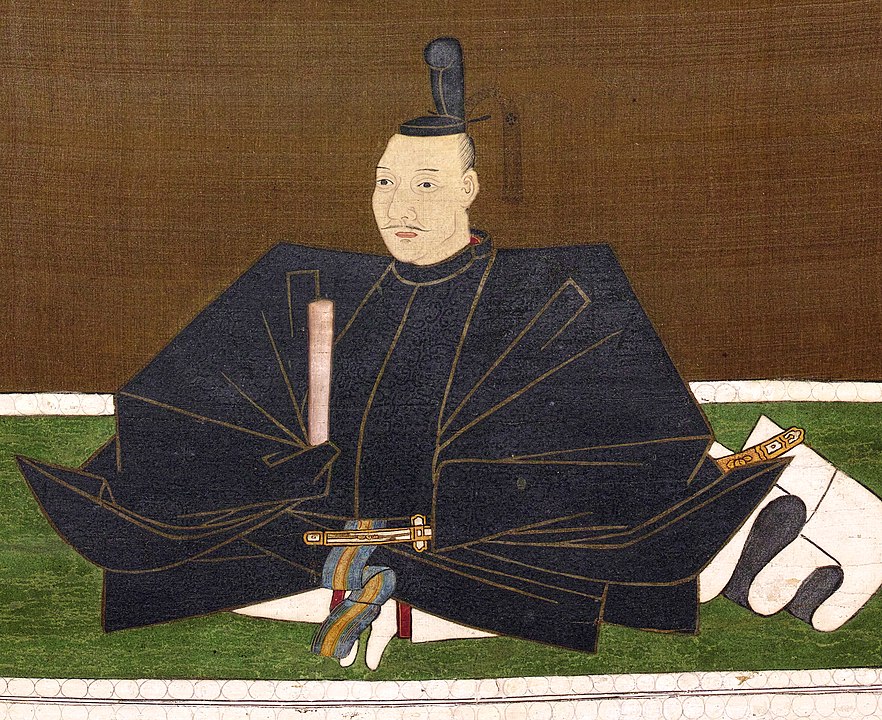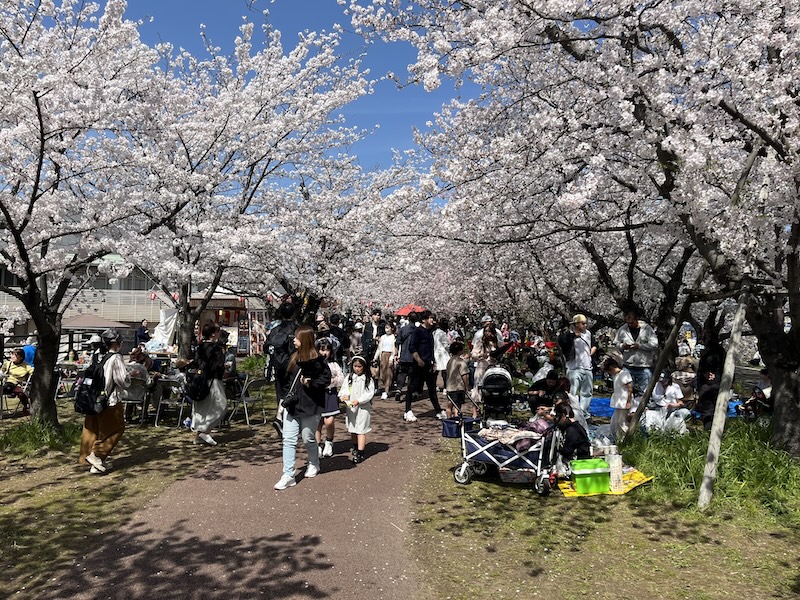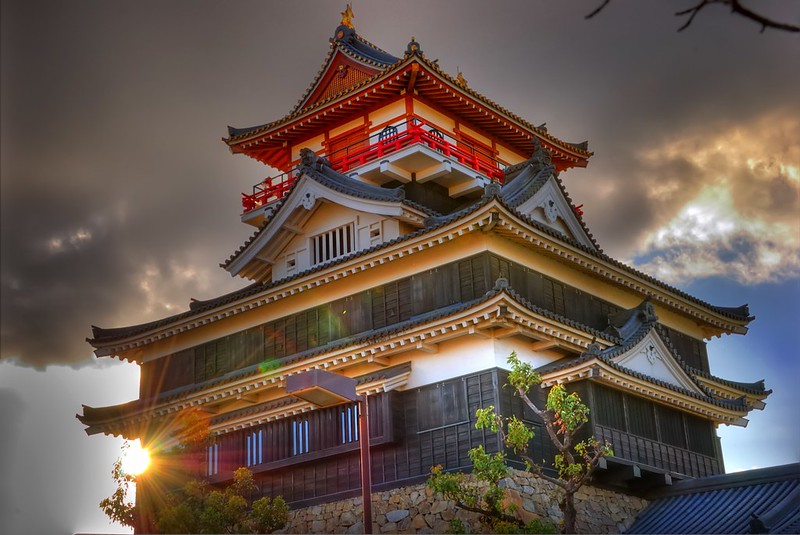May 31, 2024
Kiyosu Castle, The ‘Other’ Nagoya Castle
For first-time visitors to Nagoya, Nagoya Castle is usually the first port of call. This is kind of understandable, as both its grandness and its location makes it an obvious focal point. That said, having been built after the Warring Period (15th-16th century) had come to a close, it is actually lacking in real significance in how Japan came to be. However, if you want to visit a castle that is steeped in history, one which hosted some of the most transformative elements of Japan’s creation, the smaller, and less well-known Kiyosu Castle should be right up your alley.
History of Kiyosu Castle
Constructed as a stronghold to safeguard the junction at which the Ise Kaido and Nakasendo trading routes crossed, the original Kiyosu Castle (what stands now is a reconstruction) was built between 1394 and 1427. As a secondary – and arguably more important – function, Kiyosu-jo was also believed to have operated as a defensive point for Orizu Castle in modern-day Chikusa Ward, which was the seat of power for the Owari Clan, the rulers over much of what has become Nagoya and Aichi.
Once the castle was completed, the province’s shugodai [vice governer], Oda Toshisada, was installed as its head, though after Orizu-jo was destroyed by Oda clan infighting, the family’s head Oda Nobuhide took over at Kiyosu, ruling over the lower Owari Province and bringing prosperity to the city.

Oda Nobunaga
Following Nobuhide’s death in 1551, more internal ructions broke out, with his sons Oda Nobunaga and Oda Nobutomo battling for local supremacy. The fraternal conflict came to an end when Nobunaga had his brother’s benefactor, Shiba Yoshimune, executed following rumors of an assassination attempt, and in 1555, Nobunaga retook Kiyosu Castle. However, the Oda infighting did not stop there, as Nobunaga had his younger brother assassinated in the Kiyosu Castle keep in 1557.
From there, Oda Nobunaga’s power continued to grow, and with his alignment with Tokugawa Ieyasu, cemented through negotiations held in Kiyosu Castle in 1562, he came close to uniting the entirety of Japan under his rule. However, after his death at the hands of the treacherous Akechi Mitsuhide, Toyotomi Hideyoshi stepped into his shoes and took control of the nation.
However, that is not the end of Kiyosu Castle’s political influence, as Hideyoshi gathered his faithful retainers within its grounds, proclaiming his regency over Oda Hidenobu, Nobunaga’s infant grandson, in doing so staking his own claim to the Owari region. Following this, Nobunaga’s second son, Oda Nobukatsu, was given control of the castle, and he undertook dramatic renovations, installing double moats. Unfortunately, the Oda control over the castle did not last much longer, as, following Nobukatsu’s falling out with Hideyoshi, and then Tokugawa Ieyasu’s victory at the Battle of Sekigahara in 1600, the castle fell under the control of the Tokugawa clan.

Statue of Oda Nobunaga at Kiyosu Castle Ruins Park
This brought to an end to much of the Castle, as in 1609, after the seat of the local government was moved to the recently built Nagoya Castle, with many aspects of Kiyosu Castle being used in the newer construction, including the donjon, which was utilized in the building of Nagoya Castle’s Ofukemaru fortress, named Kiyosu Yagura. Furthermore, other elements were of Kiyosu-jo were scattered around the region, with the rooftop kinshachi [golden tiger-fish] now found in Gifu’s Sofuku-ji Buddhist temple, its sliding doors in Soken-ji in Nagoya’s Naka Ward, and a gate at Ryofuku-ji in Owari Asahi.
Kiyosu Castle today
To mark the city of Kiyosu’s centenary year, a concrete reconstruction of the castle was built in 1989. Although it is not accurate – no extant plans or illustrations of the original Kiyosu Castle remain, and thus it was modeled after Inuyama Castle as being a representative of the time – it is still a striking landmark amongst the suburban homes, partricularly at night when it is lit up. In addition, within the castle is an interesting museum to the area, replete with matchlock guns and samurai armor, some of the latter of which you can try on.

Opposite the castle, across the bridge, is a pathway lined with cherry blossoms, a beautiful location in spring, and the location of one of the best hanami festivals in the region. Further down the Gojo River you can find Kiyosu Castle Ruins Park, the original site of the castle (not just a clever name!), with a monument standing at the point at which the original castle tower once stood. There are also statues depicting Oda Nobunaga and his wife Nohime, making it a romantic spot for lovers wishing to unite as Nobunaga attempted to do to the entire country.
So, if you are interested in history, curious about the less-celebrated areas around Nagoya, or want to cement your feelings for your romantic partner, take a trip to Kiyosu, the town which, one could argue, was the center of what Japan was to become.
Image: By Yevgen Pogoryelov via flickr.com [CC BY NC ND 2.0 DEED]
Image: via https://en.wikipedia.org/wiki/Oda_Nobunaga#/media/File:Portrait_of_Oda_Nobunaga_(Hideyoshi_Kiyomasa_Memorial_Hall)_Cropped.jpg
Image: via https://en.wikipedia.org/wiki/Oda_Nobunaga#/media/File:Oda_Nobunaga_statue_in_Kiyosu_park.jpg
Image: By Bert Wishart


About the author